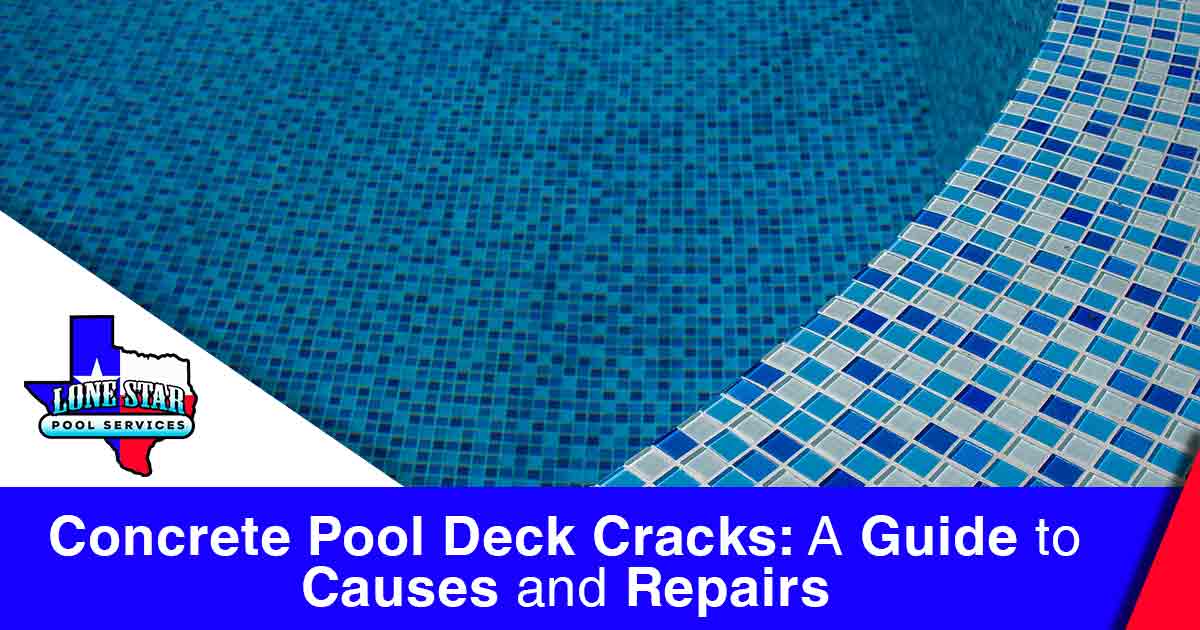Revitalize Your Pool: High-Quality Pool Resurfacing Services
Expert Swimming Pool Resurfacing & Restoration
What is Pool Resurfacing?
Pool resurfacing or refinishing can restore your pool to its original appearance. The process involves removing and replacing your pool’s existing finish or top surface layer, which will improve its lifespan.
How Often Does a Pool Need to be Resurfaced?
How often a pool needs to be resurfaced depends on the type of pool, the harsh environment, and the amount of use. However, in general, most pools need resurfacing every eight to ten years. If you’re unsure if your pool needs resurfacing, a pool inspection from a pool service company can identify whether it needs resurfacing or any other swimming pool maintenance or repairs.

Pool Resurfacing Options
Plaster
Plaster is a durable, highly functional, and affordable pool resurfacing material, which makes it one of the most commonly used materials for swimming pool resurfacing. Plaster is available in a variety of colors and designs.
Quartz
A quartz pool surface combines polymer-modified cement with quartz aggregate, which gives it strength and water resistance. Quartz surfaces also give your pool a stain-resistant finish and are available in a variety of colors and color combinations.
Pebble
Pebble surfaces are made of smooth stones and round aggregates layered in cement. They give pool owners diverse color combinations to choose from. Pebble is incredibly durable and has an average lifespan of 15 to 20 years.
What are the Steps to Resurface a Swimming Pool?
Knowing the main steps to resurface a swimming pool can help you understand the process and what to expect.
- Draining the Water
Your pool must be properly drained before any work can begin. If the area where you live requires any specifications for water drainage, you must follow them.
- Prepping the Pool
Once your pool has been drained, its surface needs to be cleaned and prepared. All debris, such as leaves and dirt, should be removed. Rust stains or other discolorations should be addressed, and any necessary patching of minor cracks should be taken care of.
- Resurfacing
The resurfacing step starts with priming the pool’s surface. A primer, typically an epoxy primer, is applied to the entire surface of the pool and allowed to dry before the appropriate refinishing solution is applied. Your desired resurfacing solution will be applied in several coats or layers, and each layer must dry before the next is applied.
Swimming Pool Resurfacing Cost
Swimming pool resurfacing costs vary greatly and depend on the following factors:
- the size, shape, and condition of your swimming pool
- the surface area of your pool
- the resurfacing material you choose to use
- where you live
In general, depending on the resurfacing material you choose, you can expect to pay between $3 and $15 per square foot. To get a better idea of the cost, request a quote from Lone Star Pool Services.
Pool Refinishing Near Me in Texas
If you’re in need of local pool refinishing services, reach out to Lone Star Pool Services. Our experts have you covered.
Pool Remodeling Services
Complete Pool Makeovers and Modern Upgrades
Transform your backyard into a relaxing oasis with professional pool remodeling services from Lone Star Pool Services. Whether you’re updating an outdated pool design, replacing worn-out materials, or adding new features, our Houston pool remodeling experts handle every detail with precision. From tile and coping replacements to complete layout redesigns, we deliver results that blend functionality with beauty.
Custom Pool Features and Enhancements
Upgrade your pool experience with innovative features tailored to your lifestyle. Add energy-efficient LED lighting for nighttime ambiance, install a new water feature for elegance, or integrate a modern filtration system for clearer, healthier water. We also specialize in adding tanning ledges, spas, and decking options that complement your home’s outdoor design and increase property value.
Why Choose Our Pool Remodeling Experts
At Lone Star Pool Services, we combine craftsmanship, technology, and local expertise to deliver long-lasting pool transformations. Our team understands the unique Houston climate and uses durable materials that stand up to heat, humidity, and year-round use. From small aesthetic improvements to complete structural remodels, we’re committed to making your pool look and perform like new again.
Call to Schedule Your Consultation
Ready to bring new life to your backyard? Contact Lone Star Pool Services today to schedule a free estimate for expert pool remodeling in Houston, TX. Our specialists will help you design and execute a renovation that fits your vision, timeline, and budget.
Call Lone Star Pool Services in Katy, Texas, today At 832-928-3017 for more information on expert inground pool resurfacing.
Pool Renovation Frequently Asked Questions
What does it cost to redo pool plaster in Katy, TX?
How long before you can go swimming in a resurfaced pool?
What is the difference between replastering and resurfacing a pool?
Does my pool need resurfacing?
Your pool may need resurfacing if you see some of these signs:
- flaking or peeling plaster
- surface stains
- plaster discoloration
- coarse texture or roughness
- rust stains
- structural cracks
- loss of pebbles
- paint or fiberglass failure
How long does it take to resurface a pool?
The time it takes to resurface a pool includes tasks like properly draining your swimming pool, removing its old surface, and applying new surface materials. Your pool’s size, shape, and the materials used during its original construction can affect the time it takes to resurface a pool. The pool professionals’ environment can also affect the amount of time it takes. However, on average, a team of pool professionals working between eight and ten hours daily will take five to fourteen days to resurface your swimming pool.
Lone Star Pool Services Education & News
Give us a call today to make Lone Star Pool Services your full-service pool company and set up a pool maintenance program that works for you.





